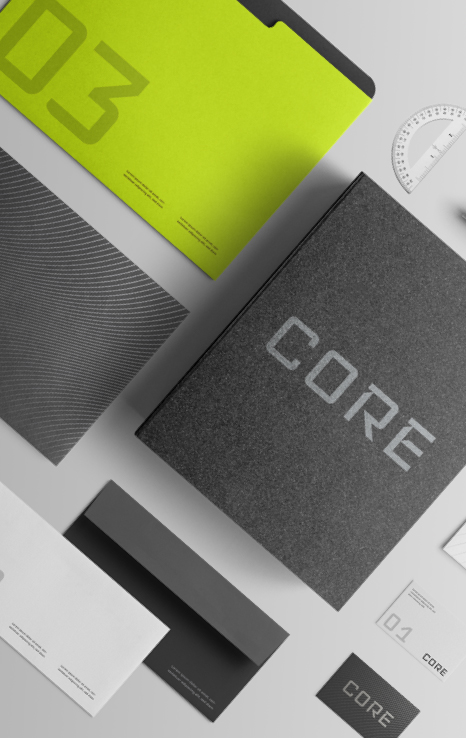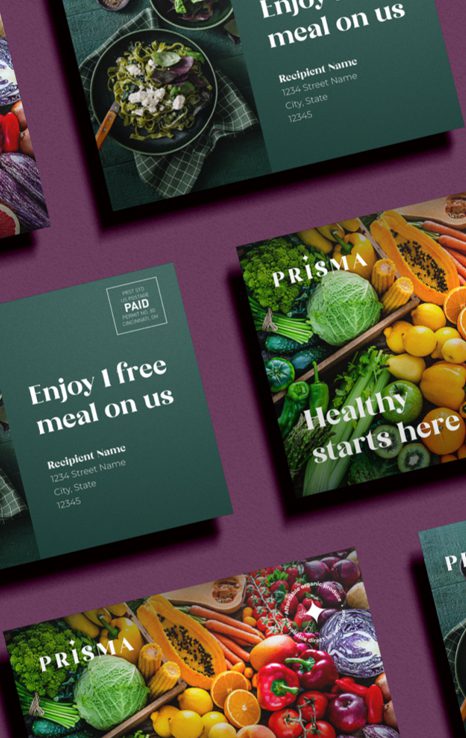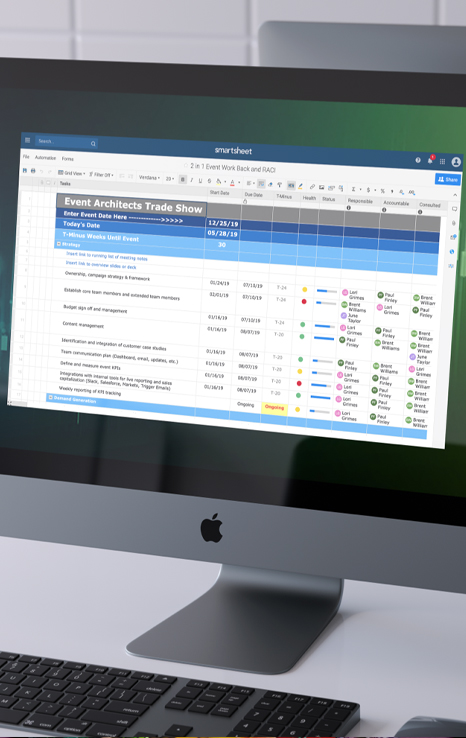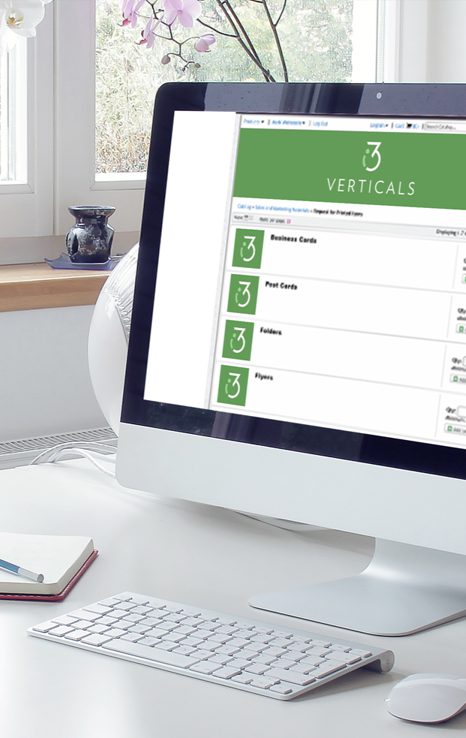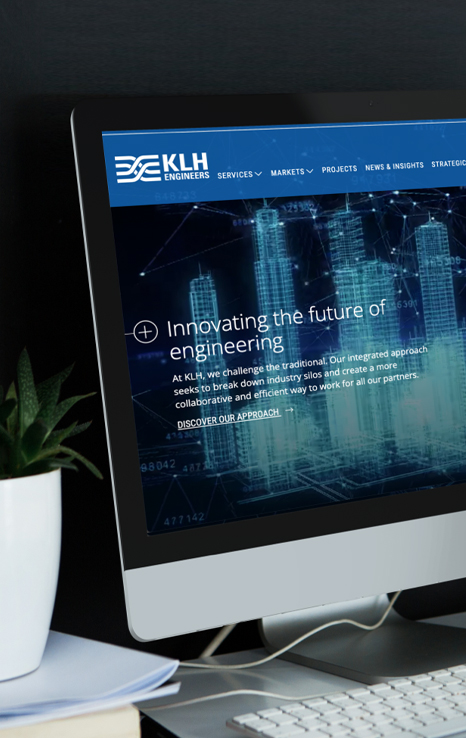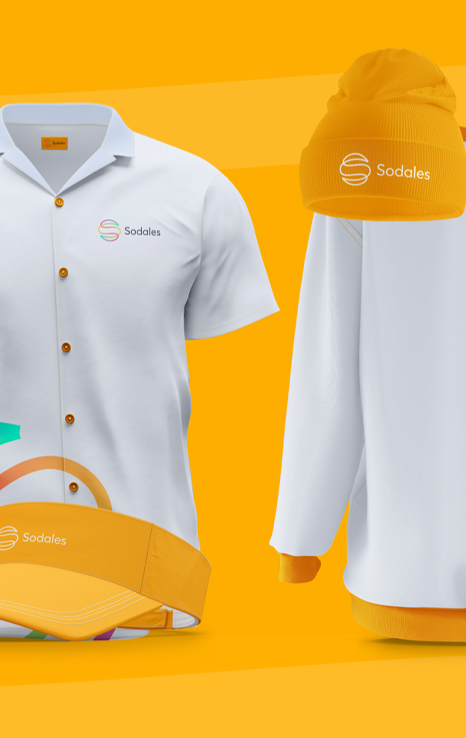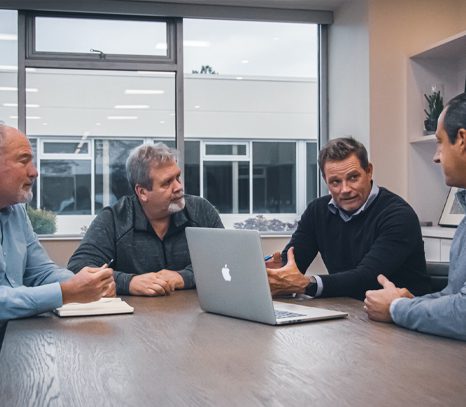When it comes to printed projects, efficiency and cost-effectiveness are key considerations for businesses and individuals alike. By following a set of practical “printing tips,” you can optimize your printing budget, save valuable resources, and achieve high-quality results. In this post, we have compiled a list of essential printing tips to provide you with a comprehensive overview of best printing practices.
From early planning and deadline management to paper selection and binding methods, these tips will help you make informed decisions, maximize the value of your printing projects and leverage economies of scale. Let’s explore these tips in detail to enhance your printing experience while minimizing costs.
- Start Early: Discuss your goals and plans with us early in the design process to explore cost-saving options and avoid rework.
- Manage Deadlines: Plan your printing needs well in advance to allow for efficient scheduling and avoid additional costs associated with tight deadlines.
- Combine Printing Runs: When producing multiple versions of a project, consider running them on the same press sheet to save on make-ready charges and plate changes.
- Leverage Work and Turn: Utilize the work and turn method to print both sides of a piece on a single press run, reducing the number of printing plates needed.
- Piggy-back on Larger Print Runs: If your format is costly in small quantities, inquire about running your job as a plate change within a larger project.
- Optimize Size Changes: Even small size tweaks can result in significant cost reductions, so ask about optimal sizes for your printing job.
- Choose Paper Wisely: Selecting the right paper stock can impact costs and lead time. Consider the purpose, ink coverage, and desired effects before deciding on a grade of stock.
- Use Standard-Sized Pages: Stick to standard page sizes, like letter (8.5 x 11), to minimize printing costs and reduce waste.
- Utilize Personalization: Variable printing based on database information can improve response rates, making it a cost-effective option for personalized copy.
- Aim for Postal Discounts: Explore ways to qualify for USPS discounts and avoid surcharges, potentially saving thousands of dollars on your mailing project.
- Use Bleeds Judiciously: While bleeds can enhance design, eliminating them can result in cost savings of 3% to 6% on printing.
- Prefer Saddle-Stitch Binding: Opt for saddle stitching in increments of four pages as it is a cost-effective binding method that also speeds up delivery.
- Choose Four-Color Process: Utilize four-color process printing (CMYK) whenever possible instead of spot colors, unless specific branding requirements necessitate the use of spot colors.
- Reuse Existing Dies: Check if your printer has pre-existing die patterns that can be reused, saving time, money and design resources.
- Use Machine Insertable Envelopes: Opt for machine insertable envelope flaps like commercial or wallet flaps to streamline mailing projects and reduce costs.
- Consolidate Long-Term Printing Needs: Consider purchasing larger quantities upfront and storing them on-site at Graphic Village, especially if your components won’t change over time, to save on printing and reprinting costs.
- Avoid Overpaying for Paper: Evaluate the whiteness, weight, and coating of paper options to balance quality with cost-effectiveness.
Printing projects can often be complex, involving various factors such as design, deadlines, paper selection, and cost considerations. By following these practical tips, you can streamline your printing process and achieve optimal results. Starting early and communicating your goals with your printing partner allows for cost-saving suggestions and prevents the need for rework. Careful deadline management ensures efficient production and minimizes additional costs. Combining printing runs, leveraging work and turn methods, and piggy-backing on larger print runs all contribute to cost savings and improved efficiency.
Making economical size changes, choosing paper wisely, and utilizing standard-sized pages help reduce costs and avoid unnecessary waste. Personalization techniques and maximizing postal discounts can greatly enhance the effectiveness of your printed materials. Judicious use of bleeds, saddle-stitch binding, and four-color process printing offer cost-effective options for achieving professional results. Reusing existing dies, opting for machine insertable envelopes, and consolidating long-term printing needs further optimize your printing process and reduce expenses.
Finally, by carefully considering the whiteness, weight, and coating of paper, you can strike the right balance between quality and cost. By implementing these tips, you can achieve high-quality printed materials while minimizing expenses and maximizing the value of your printing projects. Remember, each decision you make during the printing process can have a significant impact on your budget and overall results. With careful planning and consideration, you can achieve remarkable outcomes while staying within your budgetary constraints. •



